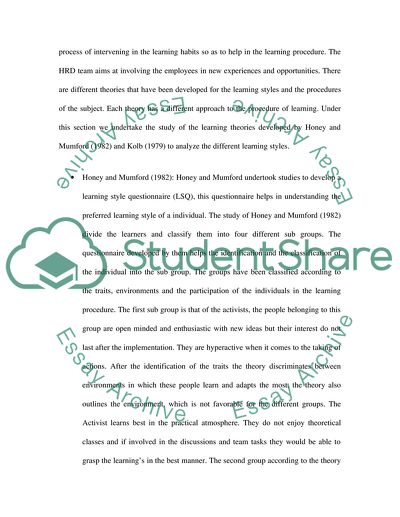Cite this document
(“HUMAN RESOURCE Essay Example | Topics and Well Written Essays - 2250 words”, n.d.)
Retrieved from https://studentshare.org/miscellaneous/1567561-human-resource
Retrieved from https://studentshare.org/miscellaneous/1567561-human-resource
(HUMAN RESOURCE Essay Example | Topics and Well Written Essays - 2250 Words)
https://studentshare.org/miscellaneous/1567561-human-resource.
https://studentshare.org/miscellaneous/1567561-human-resource.
“HUMAN RESOURCE Essay Example | Topics and Well Written Essays - 2250 Words”, n.d. https://studentshare.org/miscellaneous/1567561-human-resource.


